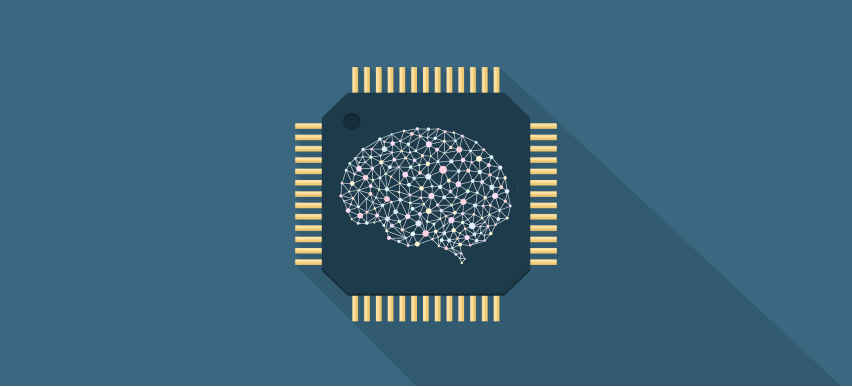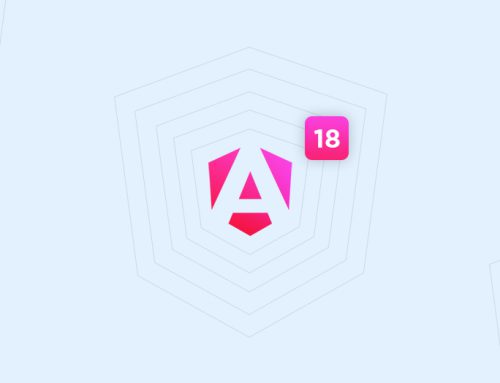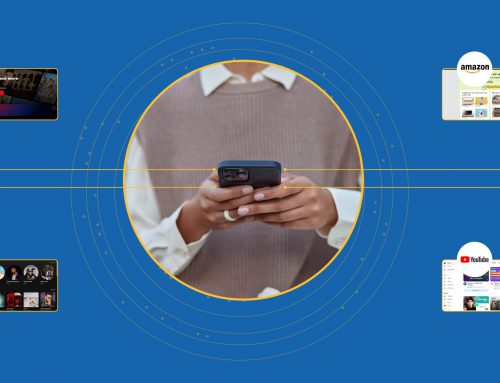
Deep Learning is a sub-field of Machine Learning which deals with creating algorithms that allow machines to make inference and decisions on their own. Through deep learning industry experts are inspired to create digital structures and functions of the human brain that are known as Artificial Neural Networks (see my last post about Machine Learning).
Andrew Ng of Coursera officially founded the Google Brain, a deep learning artificial intelligence project at Google that led to the development and implementation of DL technologies across various Google services. Andrew remarked on the imperative point that it is about ‘scale’. That as we build bigger neural systems and train them with more information, their performance level keeps on increasing. This is a unique feature when compared to other machine learning procedures that have an end-point to performance. Deep Learning at its core is all about artificial neural networks and their ability to mimic brain simulations. With larger neural networks and the access to huge amounts of data, we can now train machines with vastly improved performance results through quicker computations.

Even with the great advancements made with Deep Learning in the last 5 years a lot of experts feel that it alone won’t bring Artificial Intelligence to the level of human intelligence. According to Jeff Hawkins, founder of Palm Computing, Deep Learning uses too much brute force computing when compared to other AI technologies rather than understanding the basic biological functioning of the brain and the way it adapts or reacts to different situations.
Most experts who lend their support to Deep Learning Technology as the future for most AI based services acknowledge the truth that- Brain itself is far too complex as a computing machine in itself and we can have hardly fathom its complete potential, let alone use it to its maximum. Today’s neural networks simply can’t compete with an average human brain and its capabilities. However, with bigger computational resources its possible to turn certain ideas into realities and then start looking beyond them.
Looking at the way things are progressing one should expect Deep Learning models to consume huge amounts of data, compute and analyze information a lot quicker, even predict and forecast and train themselves to move closer to the goal of replicating biological brain-like processing. To make things simpler to understand, we can say that deep learning is simply enormous neural networks on significantly larger data blocks, requiring greater computational devices.
The fact remains that one Technology cannot be the answer to all the challenges in the field of Artificial Intelligence but it’s making the necessary in-roads for other technologies to follow.
Visit our Services Page to know more about our various technical offerings.
#DeepLearning #MachineLearning #ArtificialIntelligence #AdvanceTechnology #AdvanceTechnology #HumanIntelligence #NeuralNetwork #AndrewNg #JeffHawkins #GoogleBrain #AceInfoway
























Leave A Comment